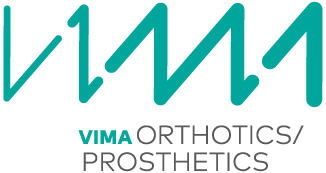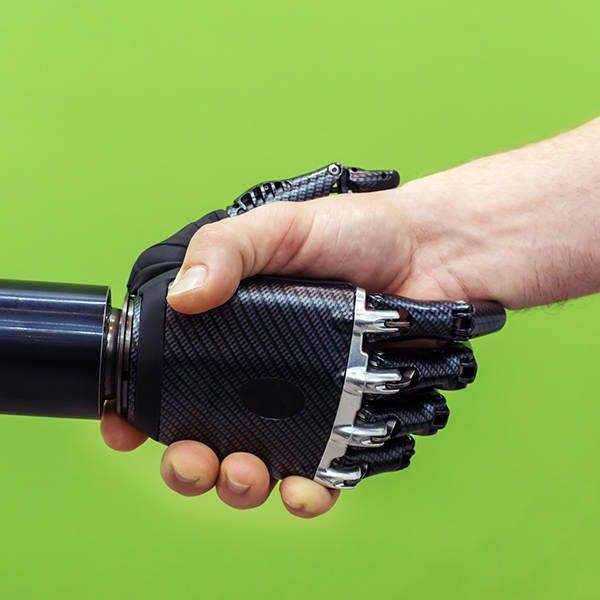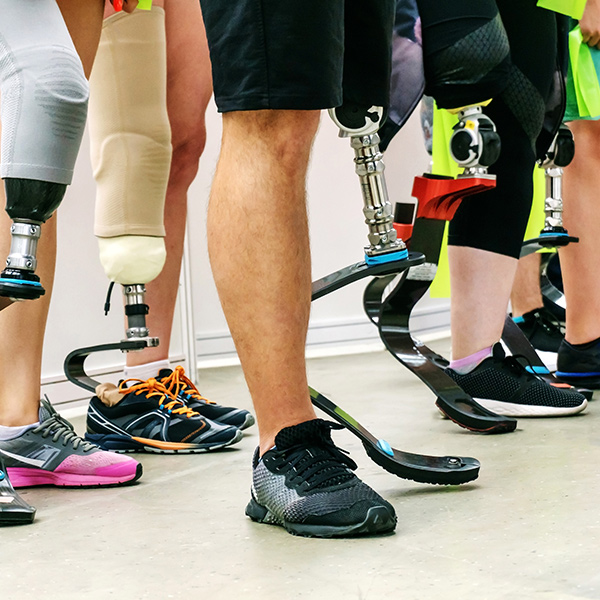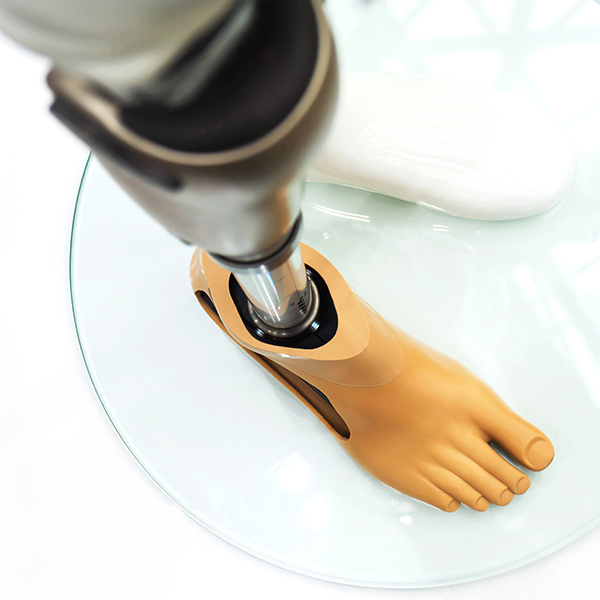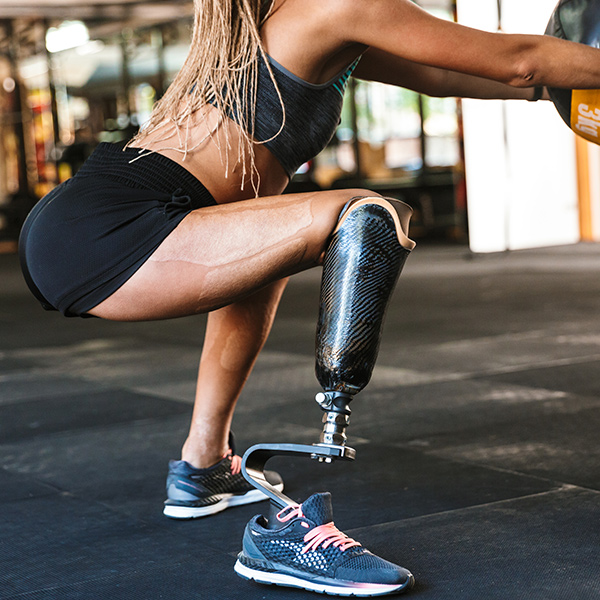“A Hero is an ordinary individual who finds the strength to persevere and endure in spite of overwhelming obstacles.”
— Christopher Reeve
Products and services
- Your journey at VIMA
- Goal Setting & Outcome Measures
- Lower Limb Prosthetics
- Upper Limb Prosthetics
- Sockets & Liners liners
- Componentry
- Advanced Prosthetic Systems
Your journey at VIMA
Dealing with an amputation can be challenging. A compassionate and realistic approach is key in the first weeks after an amputation.
At VIMA we help you set goals and work on the design of your custom prosthesis to fit you as best as possible in order to suit your individual needs and produce a limb that help you get you back on your feet. It is important to talk to your prosthetist about your goals, expectations or concerns, so he or she can address your specific needs.
If possible, a meeting prior to surgery with your prosthetist is essential. As your journey begins in the prosthetic world we will work closely alongside your physician and rehabilitation team to monitor your status and ensure you are meeting your expected milestones post-amputation.
VIMA offers shrinkers, which help shape, the residual limb post-operatively to ensure a well fitting prosthesis.
After completion of the initial fitting stage, optimising your gait is key. Bad habits early on should be avoided as much as possible and our deep knowledge of prosthetic gait analysis and gait deviations will allow for a well-aligned prosthesis and smooth gait.
Servicing your prosthesis when needed or design of new prosthetic sockets as you progress with your amputation and the residual limb changes shape are all part of your journey at VIMA.
Goal Setting & Outcome Measures
Our prosthetist at VIMA is experienced in using outcome measurements. They are used to show change and improvement. They are useful tools for the patient, the referrers as well as those responsible for paying for your prosthetic rehabilitation (e.g. insurer) so that they are receiving a valuable return to their money and a device that matches as close as possible to the expectations and goals set from the patient.
Lower Limb Prosthetics
Below Knee prosthetics
Below knee amputation (also known as BKA) [Link with Conditions>Levels of amputation] is when the limb is severed below the knee and the preservation of the natural knee joint. Knowing your options in socket technology, liners and componentry is key and that is where your prosthetist can help you decide.
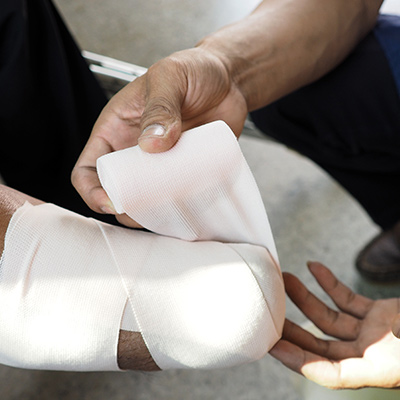
When your residual limb is sufficiently healed, you will be measured and fit with the prosthesis. The prosthesis you take home will be custom-made, the materials and components used are tailored to your needs. Your prosthetist will teach you how to put on and care for your prosthesis and supplies.
As the residual limb changes, it is important to follow up with your prosthetist at least every six months to address any issues, especially as your residual limb is changing in size and volume.
Above knee prosthetics
Above knee amputation (also known as AKA or transfemoral amputation) [link with Conditions>Levels of amputation] is when the limb is severed above the knee and the preservation of the natural hip joint. The hip joint is naturally a joint that allows multiple degrees of freedom and the presence of a mechanical knee joint can affect your balance and walking in a very different way than a BKA.
Multiple options exist in terms of socket design, technology, materials, and componentry to help you achieve your goals. As the residual limb changes, it is important to follow up with your prosthetist at least every six months to address any issues, especially as your residual limb is changing in size and volume.
Upper Limb Prosthetics
Multiple levels of amputation are included in this group. In recent years advances in componentry and socket technology have helped elevate the game with Targeted Muscle Innervation (TMR) and use of electrodes.
The design features and capabilities of new electric prosthetic hands are amazing. However it should never be ignored that a task specific terminal device is of paramount importance to allow the user more freedom of movement and independence with less weight.
We offer a range of options depending on your needs and level of amputation or congenital absence.
Finger amputations (Link to Levels of amputation)
Finger amputations are usually as a result of trauma and they affect finer motor control with activities of daily living. A crucial aspect of finger amputation and partial hand amputation rehabilitation is the presence or absence of thumb opposition.
Options are either passive such as cosmetic silicone gloves or active which may be either body powered or electrically powered prostheses. Task specific prostheses are also used when required and newer techniques such as osseo-integrated finger prosthesis may be a viable alternative.
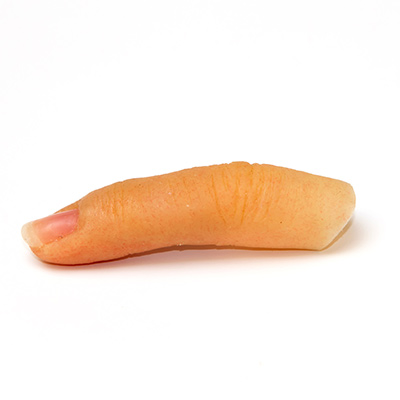
Below the Elbow Prostheses
There is certainly not one single option when it comes to managing upper limb amputations.
Cosmetic silicone gloves and powered hand powered prostheses are common.
Despite popular perception, body powered prostheses are extremely common amongst amputees and very functional where the main goal is to restore function.
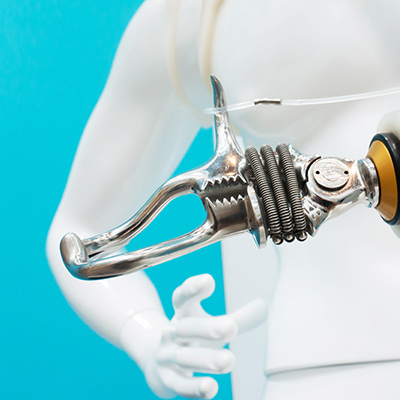
Myoelectric controlled terminal devices Targeted Muscle Innervation (TMR) are on the rise over the last decade, whereby control of the terminal device is achieved through the use of electrodes or touch pads within the socket itself.
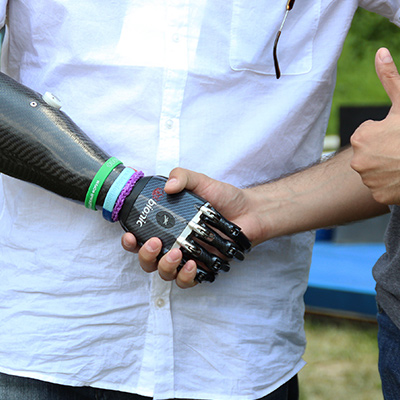
Above Elbow Prostheses
There are common principles to the prosthetic aspects and considerations of managing these high level amputations.
The weight of the device is key, the heavier the device, the less likely it is to be used by the patient.
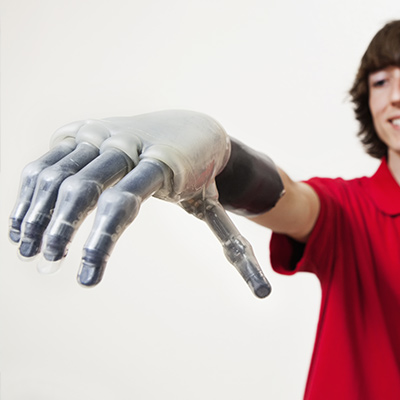
Cosmetic or passive prostheses are used in many cases but provide little to no function. Functional prostheses are task orientated and tend to yield great outcomes and fulfilment for the people that use it, for example prosthesis for cycling, archery or musical instrument play such as the violin are likely to be better used at the end, as they improve the quality of life.
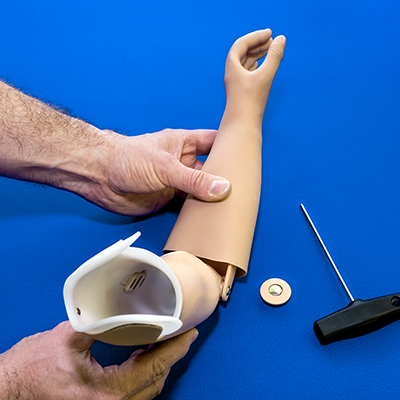
Sockets & Liners liners
Rigid Sockets
This is the AtoZ of the prosthetic world. A comfortable socket is key to lead a full and active lifestyle after an amputation. If the socket doesn’t fit comfortably, it can affect the health and wellbeing of the user. These sockets are wet-laminated sockets that capture a definitive shape of the residual limb; there are sections on the socket to relieve pressure sensitive areas and apply more pressure on pressure tolerant areas. It is a laborious process but at the end of it a truly customised socket is delivered.
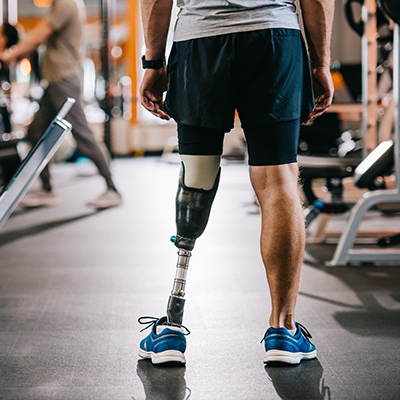
Patient Adjustable Sockets
These types of sockets are gaining momentum in the world of prosthetics. One of the disadvantaged of the rigid socket is the fact that is rigid, which does not allow for any adjustments through the day as the limb fluctuates volume throughout the day. Patient adjustable sockets give the option to the patient to adjust the socket through windows in in the socket that the patient can easily adjust using a click BOA system.
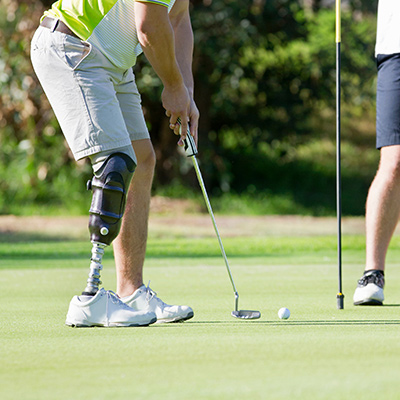
Liners
The comfort within a rigid socket is enhanced with the use of liners. They are made out of silicone; polyurathene or copolymers and they provide an interface layer to improve comfort, suspension or both. Certain types of socket designs require the use of a liner.
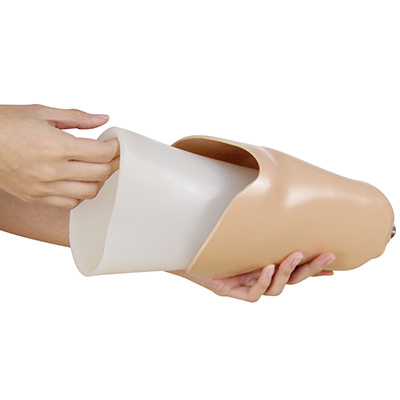
Vacuum Suspension
There are two types of vacuum suspension: active and passive.
The limb is suspended through the use of vacuum and liners, whereby a very strong bond between the prosthetic limb and the residual limb is formed.
- Passive vacuum technology uses a liner, a suspension sleeve and a one-way valve that allows air to be expelled within the socket and not allowed back in. When the amputee begins to walk with the prosthesis the air is driven out of the socket to form a solid connection.
- Active vacuum uses a pump to withdraw air and “seal” the prosthetic limb within the socket. The vacuum is created between the suspension sleeve and the liner by the air being actively pumped out of the socket during walking.
The advantages of vacuum suspension are that they make for a very tight fitting socket, which in turn creates an excellent connection, reducing tissue elongation and prevents volume loss and minimise volume fluctuations, improved proprioception. On the contrary some of these systems can add considerable amount of weight for some patient groups may be contraindicated.
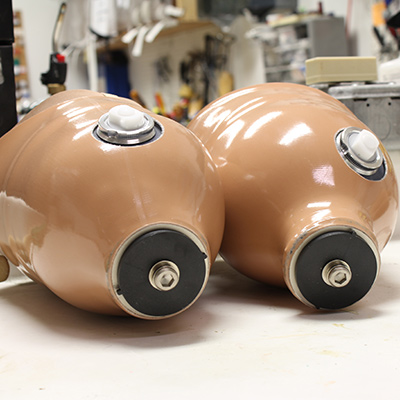
Componentry
Microprocessor Controlled Knees
Microprocessor Controlled Knees, sometimes referred to as computer-controlled knees or MPKs use technology that offers safer walking with less energy expenditure, easier to navigate hills, ramps, and uneven terrain with greater stability.
Sensors within the prosthetic knees constantly gather data that are is then interpreted to make any necessary fine-adjustments in real time, they are particularly helpful to detect stumbles in real time and automatically adjust their stiffness and help the user to catch themselves to avoid a fall.
People with moderate to highly active lifestyles have excellent outcomes with them as they are required to walk more often through uneven terrain, sloped surfaces and obstacles like curbs. Bilateral amputees benefit greatly from these types of knees because of the seamless adjustments that MPKs make in real time that help the users feel safer and more confident during the day.
A consideration is that they more than some other types of prosthetic knees and also require battery monitoring and frequent recharging.
Many users find that MPKs work particularly well when they are paired with microprocessor feet.
At VIMA we have certification to supply Ottobock’s C-Leg and Genium microprocessor Controlled Knees (MPKs).
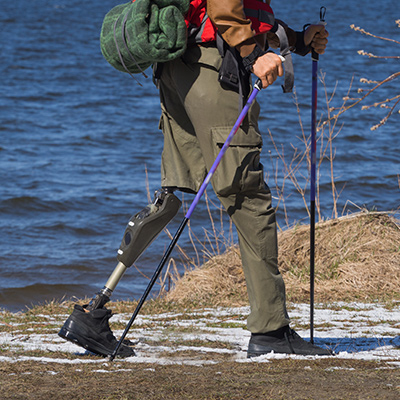
Prosthetic Feet
A number of different types of prosthetic feet are available to meet the differing needs of individuals with a lower limb amputation. Some work best with microprocessor knees. Many prosthetic feet combine characteristics and functionality across a spectrum of classes of feet as detailed below.
- Hydraulic Ankle Feet
- Microprocessor Feet
- Powered Feet
- Dynamic Response Feet
- Axial Feet
- Single-Axis
- Multi-Axis
- Solid Ankle Cushion Heel (SACH)
Your clinician will evaluate your specific needs and will help you decide which prosthetic foot is the best option for you.
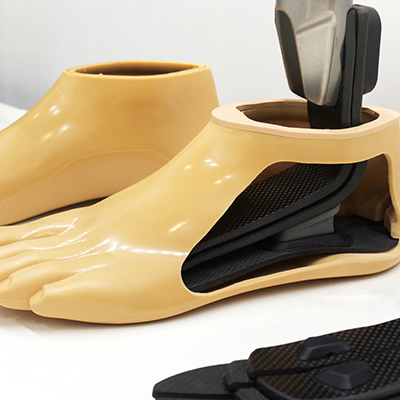
Learn more about each type of technology utilised in these feet in our dedicated blog on prosthetic feet.
Custom designs
An array of styles and prints are available to make the prosthesis truly personal & bespoke and add your own personal stylistic touch to it.
We work with some of the best fabric suppliers that have an array of fabrics for use within the prosthetic and orthotic world, which you can choose from.
Advanced Prosthetic Systems
Certain activities require task specific prosthetic systems. Some examples below:
- Running
- Bicycling
- Golfing
- Motorcycle Riding
- Weight Lifting
At VIMA we will spend time with you at a convenient time to see you in action and offer trial of various task specific feet. You can get in touch to discuss.
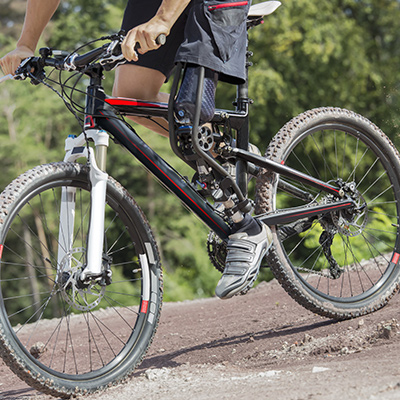
Useful info and tips
What should I expect from my prosthesis?
During the first appointment we will go through a full assessment of your needs, how the amputation affects you and we will discuss componentry and design features of your custom prosthetic so that you have a holistic insight and what to expect from your prosthesis.
We are keen supporters of measured outcome measures so expect to be given questionnaires before your appointment as well as perform certain tasks that we can measure and review through your journey at VIMA.
Final step in this first step is to take any necessary measures and/ or cast and discuss the details of the device.
For any prosthesis we require a 50% deposit.
You can look here for more details regarding the Process.
What should you bring along to your first appointment?
Bring along a spare pair of shorts, as the process of casting is messy. Shorts are always advised during review appointments as they allow for easy access to the componentry as well as easier donning and doffing of your prosthetic leg.
How do I look after my prosthetic leg?
We have a dedicated section on our FAQs and blogs on how to look after your prosthetic limb, which may include a liner.
However, a basic rule of thumb is to use a damp cloth with neutral soap and avoid sources of direct heat to dry them as heat and wet conditions tend to have a negative effect on the materials and componentry.
